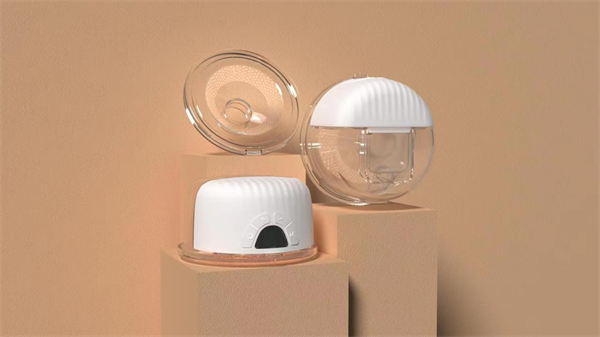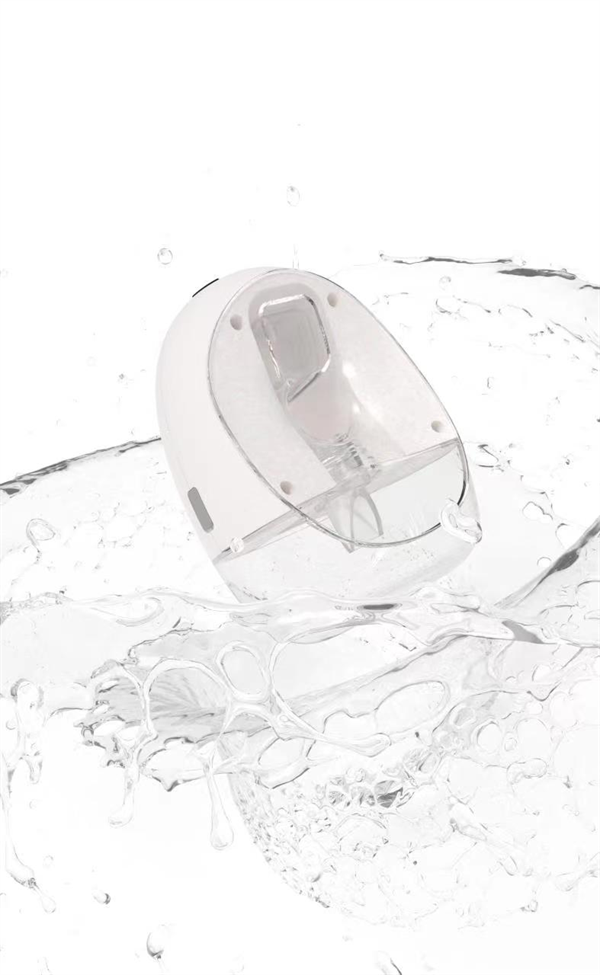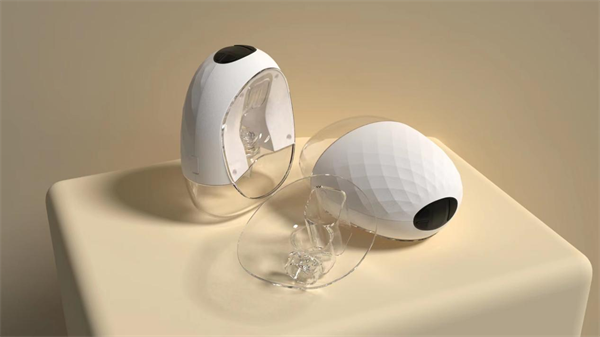What should I do if I have little milk? –Catch up on your milk!
What if your milk is blocked? –Unblock it!
How to chase? How to unblock? The key is to promote more milk flow.
How to promote more milk movement? Depends on whether the milk shower comes enough.
What is a milk array?
The milk burst, also known by its scientific name as the spurt reflex / discharge reflex, refers to the stimulation signal transmitted by the nipple nerve to the mother’s brain during breastfeeding when the baby sucks on the mother’s breast and oxytocin is secreted by the posterior lobe of the pituitary gland.
The oxytocin is transported to the breast through the bloodstream and acts on the myoepithelial cell tissue around the mammary vesicles, causing them to contract, thus squeezing the milk in the vesicles into the milk ducts and then discharging it through the milk ducts to the milk delivery holes or squirting it out. Each milk shower lasts about 1-2 minutes.
There is no absolute standard for the number of milk showers that occur during a breastfeeding session. According to relevant studies, an average of 2-4 milk showers occur during a breastfeeding session, and some sources say that a range of 1-17 showers is normal.
Why is the milk array so important?
Oxytocin triggers milk showers, and if oxytocin production is not smooth, it can cause the number of milk showers to decrease or not come, and the amount of milk moving out will not seem as much as expected, and mothers may mistakenly think that there is no milk at the breast at this time.
But the reality is – the breasts are making milk, it’s just the lack of help from the milk showers that causes the milk to not be moved out of the breasts effectively, which results in the baby not getting enough milk or the breast pump not sucking up enough milk.
And worse, when milk is retained in the breast, it further reduces the production of new milk, which in turn leads to less and less milk and even triggers blockage.
So, one of the things we need to focus on to assess if there is enough milk or if the clogging is effectively relieved is how the mother’s milk bouts are doing.
Mothers often describe the sensation of an onset of a milk shower as
- A sudden tingling sensation in the breasts
- Suddenly your breasts feel warm and swollen
- Milk suddenly flows or even squirts out on its own
- Painful uterine contractions during breastfeeding in the first few days after delivery
- The baby is feeding on one breast and the other breast suddenly starts dripping milk
- The baby’s sucking rhythm changes from gentle and shallow sucking to deep, slow and strong sucking and swallowing
- Can’t feel it? Yes, some mothers do not feel the arrival of the milk shower.
Here to mention: not feeling the milk array also does not mean no milk.
What factors affect the milk array?
If the mother has various “good” feelings: for example, feeling like the baby, thinking about how cute the baby is, believing that her milk is good enough for the baby; seeing the baby, touching the baby, hearing the baby cry, and other positive feelings …… are more likely to induce milk bouts.
If the mother has “bad” feelings such as pain, worry, depression, fatigue, stress, doubt that she is not making enough milk, doubt that she can’t raise her baby well, lack of self-confidence, etc.; when the baby sucks incorrectly and causes nipple pain…. …all of these can inhibit the onset of milk bouts. This is why we emphasize that breastfeeding and using a breast pump should not be painful.
In addition, when a mother consumes too much caffeine, alcohol, smokes, or takes certain medications, it may also inhibit the milk clot.
Therefore, milk clots are easily influenced by the mother’s thoughts, feelings and sensations. Positive feelings are conducive to stimulating the milk clot, and negative feelings may inhibit the milk clot.
How can I increase the frequency of my milk bouts when using a breast pump?
Mothers can start by seeing, hearing, smelling, tasting, touching, etc., and using various ways that create a relaxed, comfortable feeling to help trigger the milk clots. For example.
Before pumping: you can give yourself some positive mental cues; drink a hot drink; light your favorite aromatherapy; play your favorite music; look at baby photos, videos, etc. …… pumping can be very ritualistic.
When sucking: you can first warm your breasts for a while, help your breasts to do gentle massage and relaxation, then start using the breast pump; pay attention to start using from the lowest gear until your maximum comfortable pressure, avoid too much gear strength, but hinder the occurrence of milk showers; if you find that the milk showers do not come, first stop sucking, try to stimulate the nipple areola, massage/shake the breasts, and then continue sucking after a short rest and relaxation. Or you can take a different breast to suckle …… When suckling, it is the principle not to fight with our breasts, go with the flow, stop when appropriate, soothe the breasts, relax them and learn to talk to our breasts.
After breast pumping: If your breasts have blocked milk, inflammation, swelling and other problems, you can take a cold compress at room temperature to help calm your breasts and reduce swelling …… Remember to wear a nursing bra after breast pumping, a good support can prevent your breasts from sagging.
Summary
When using a breast pump, the main purpose is to improve the efficiency of milk removal by relying on milk showers; besides the correct way of using the machine itself, you can also adopt some methods to stimulate the milk showers and increase the frequency of milk showers to achieve the effect of catching up with milk or relieving milk blockage.
If you find this article helpful, you are welcome to share it and forward it to your friends who need it. Let the concept and knowledge of correct breastfeeding be popularized.
Post time: Nov-05-2022


